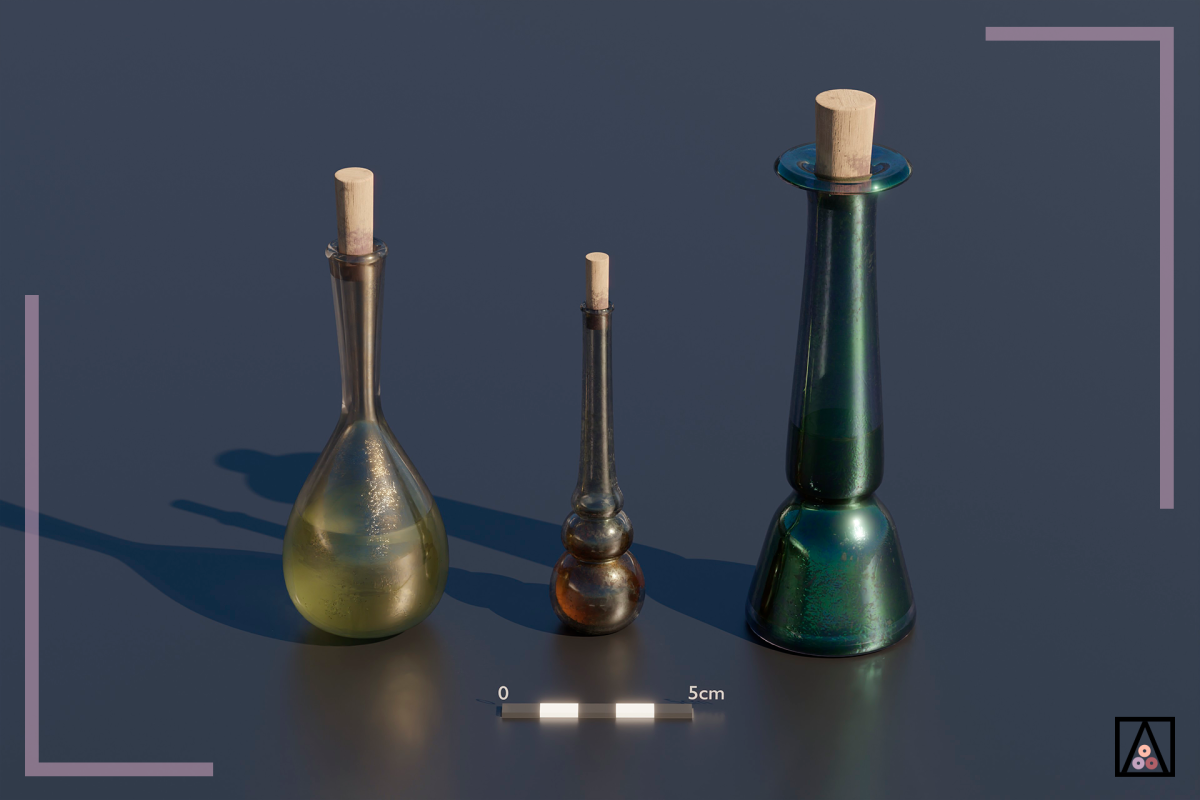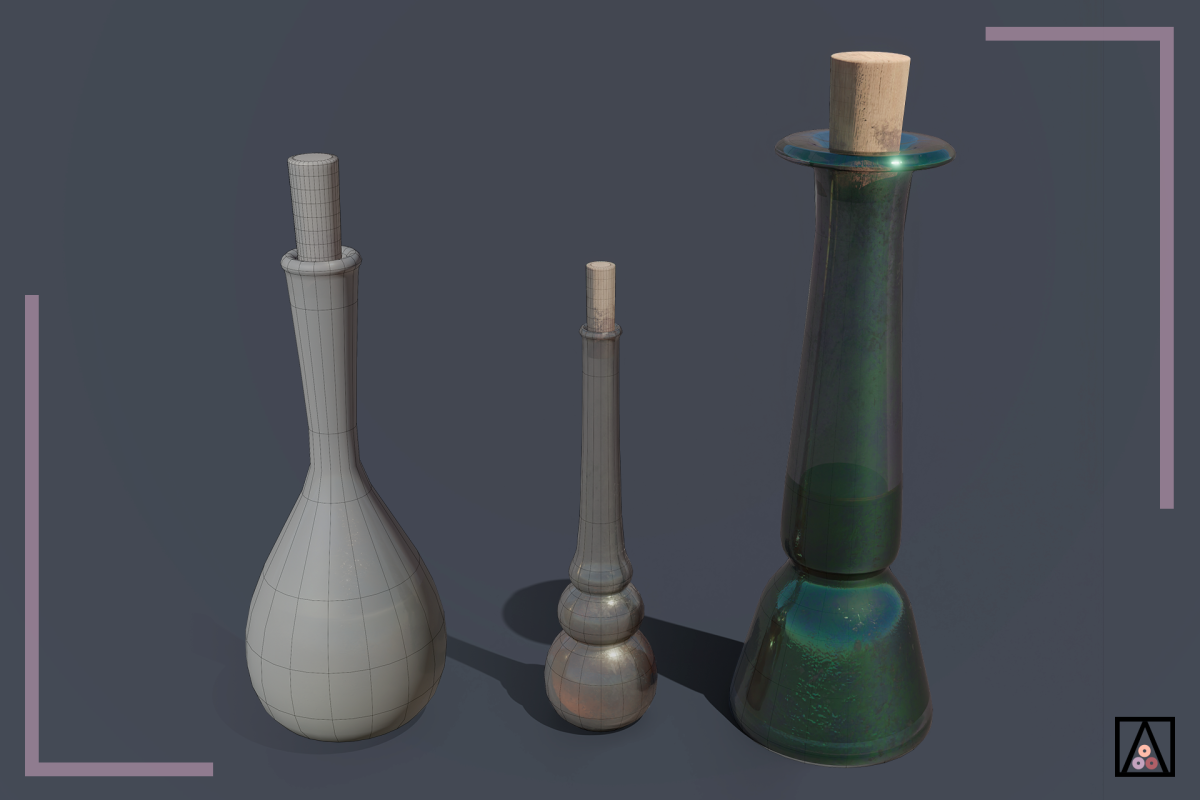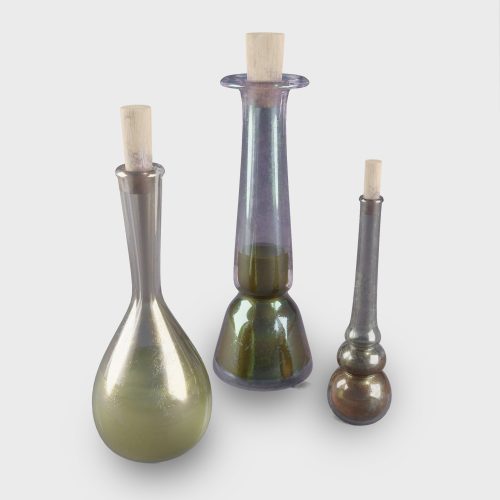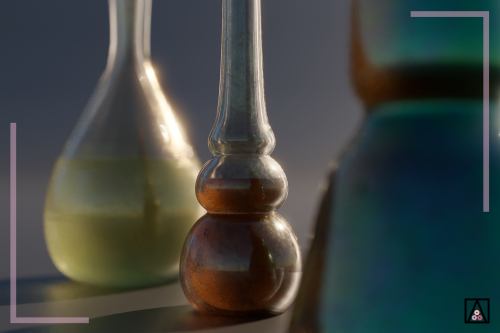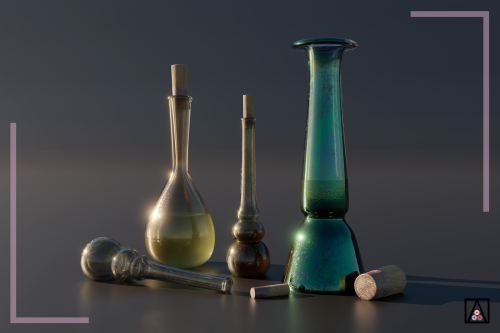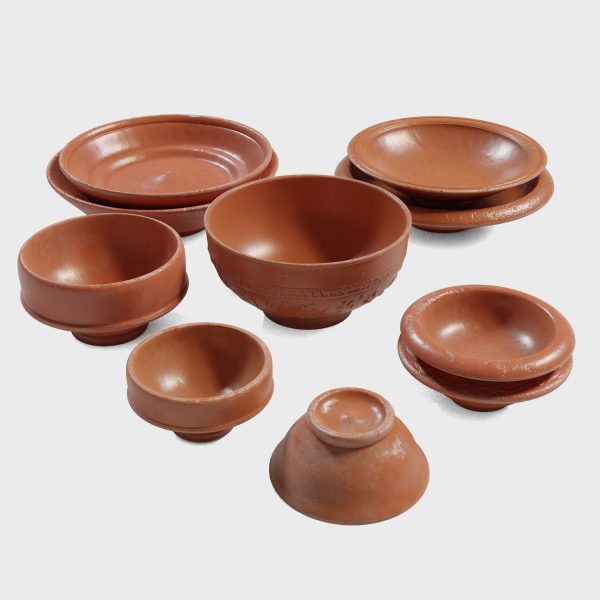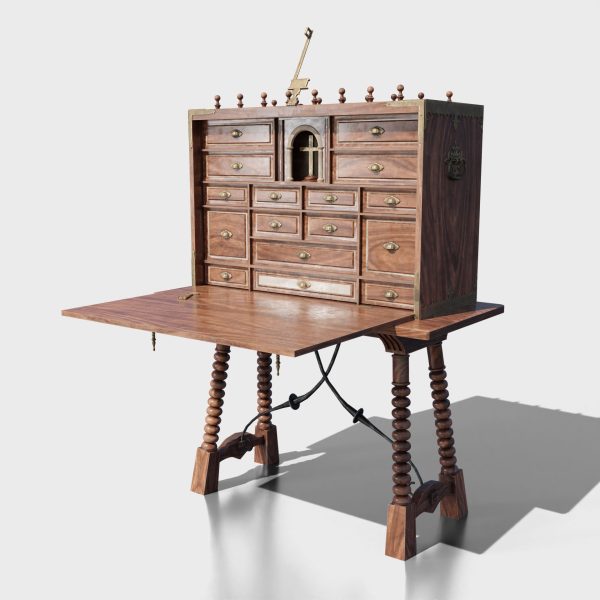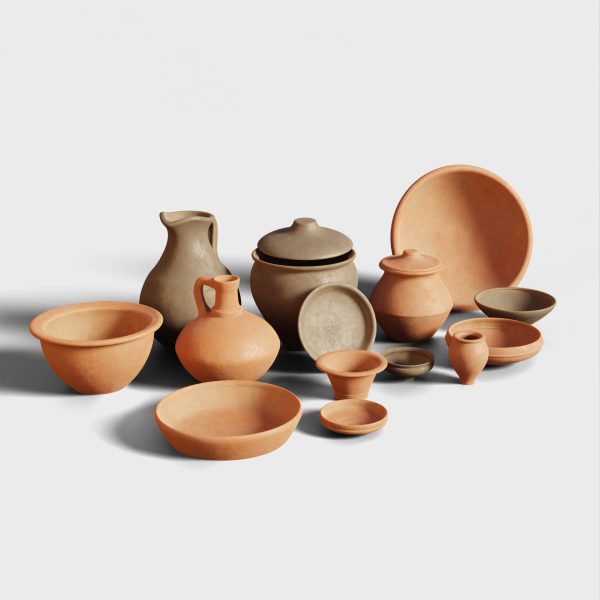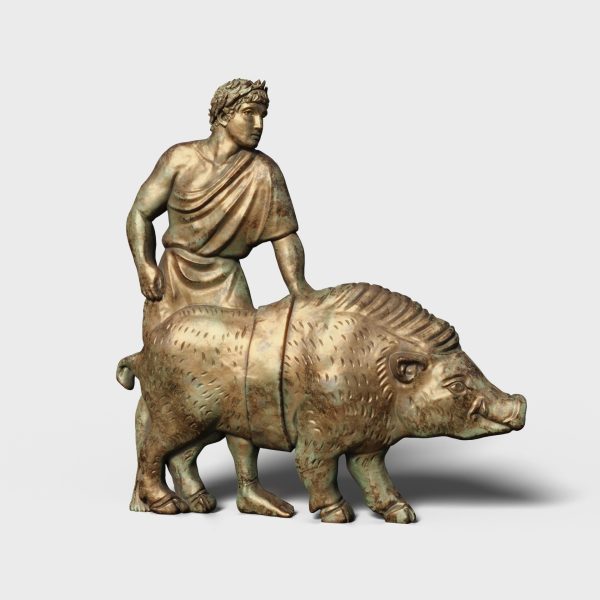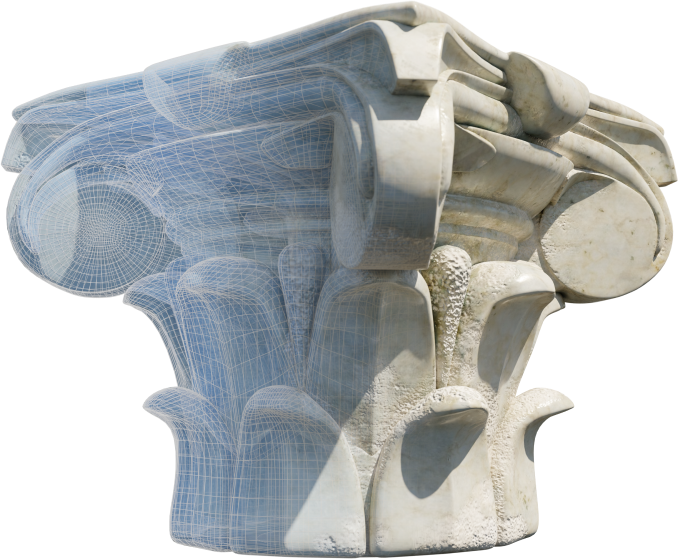Virtual reconstruction of bottles for ointments and balms, which could have pharmaceutical purposes or be part of offerings in different rituals, although their most widespread use in Roman times was as a container for perfumes. They were made of glass using the blown technique and could have certain shades, usually greenish. They are characterized by a tubular shape with a neck much longer than the tank, which is slightly flared and could have decorative recesses. Some have a flat base and a bulging mouth with a thickened lip.
LOD0: 47K Poly / 93K Tris
LOD1: 8K Poly / 16K Tris
LOD2: 3K Poly / 4K Tris
LOD3: 1K Poly / 2K Tris
Game Ready Model
Formats: .FBX; .OBJ; .blend.
PBR materials (JPG/PNG)
Texture maps: Base Color, Normal Map, Metallic, Roughness, AO, Height.
Texture resolution: 1K, 2K and 4K.
Rigged: No
Animated: No
Mask for color alternatives: Sí
Pablo Aparicio RescoMaría Herrera Pinadero
BRUN, J.P., (2000): "Te Production of Perfumes in Antiquity: The Cases of Delos and Paestum", American Journal of Archaeology, Vol. 194, Nº 2. The University of Chicago Press. Pp. 277 - 308.
CAMILLI, A., (1997): "Note per una tipologia dei balsamari romani a fondo piatto", Archivo español de arqueología, Vol. 70, Nº 175-176. Pp. 125-148.
COOL, H. E. M. (2016): "The Small Finds and Vessel Glass from Insula VI.1 Pompeii: Excavations 1995–2006. Archaeopress Roman Archaeology, 17. Oxford.
MATTINGLY, D.J. (1990): "Paintings, presses and perfume production at Pompeii", Oxford Journal of Archaeology, 9. Pp. 71-90.
Common typology of unguent bottles from Roman times: https://romanivitrum.wordpress.com/2016/12/05/sobre-unguentarios-romanos-ii/
Typology of High Imperial Roman glass in Hispania: https://marcoampliato.wixsite.com/marcoampliato/single-post/2016/12/23/el-vidrio-romano-altoimperial-en-hispania-ii

